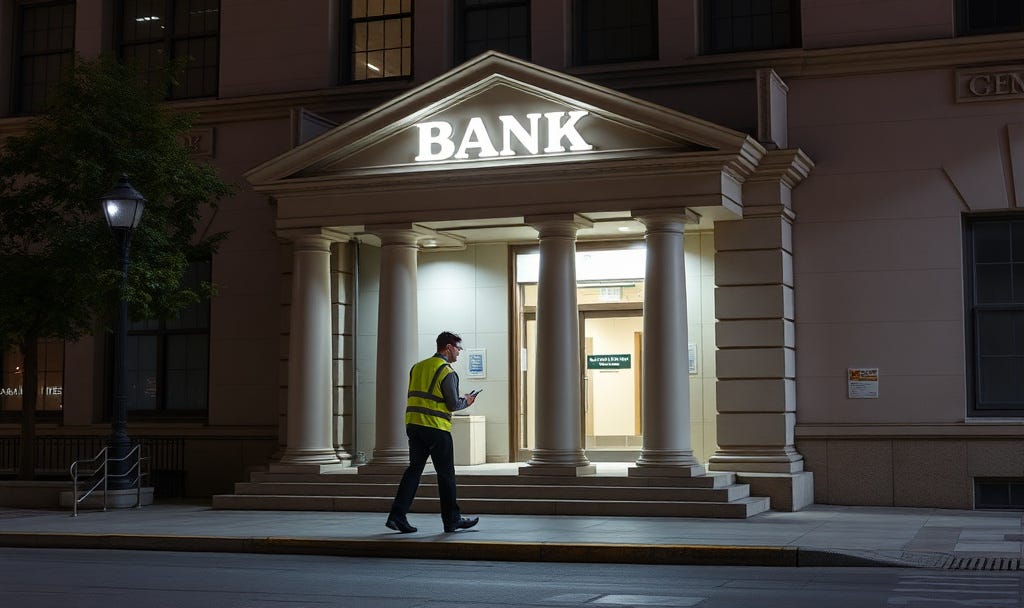Online Scams: How to identify it and protect yourself when banking
Course Series: Becoming A Digital Security Expert
Technology is always changing, and so are cybercriminals’ tactics. Educating our customers, friends, and family on the latest trends in security scams is just one of the many ways we can help our communities understand what to watch out for.
So, what can you do to help protect yourself? Keep current on new and emerging cyber threats.
Six Security Tips for Online Banking
Is online banking safe? Yes, (and no.)
Let me explain.
Online banks take a great many precautions to keep your money safe each and every day. This includes advanced cybersecurity technology and user authentication methods.
But, you can take your own steps to boost your online safety.
How Are Online Banks Different?
Online banks are digital, for the most part, and operate without physical branches. There’s no face-to-face bank teller. As the customer, you login to access and manage your account anywhere, and at any time, with your computer, or a mobile device.
Because online banks run things with a lower overhead than traditional banks, they tend to offset this by offering higher interest rates and lower fees than their brick-and-mortar counterparts. And because online banks are “ digital-first” they typically offer more advanced features to help you manage your money.
Tips to protect your online bank accounts
Regular monitoring and communications with your bank can have a huge impact in protecting your financial accounts. Federally insured banks are required to have robust security practices, meaning those online and traditional banks must all meet the same standards.
Always look for features that protect your data with any bank. This means things like fraud monitoring, encryption, multi-factor authentication, and other security related tools.
Use Trusted Websites to Access Banking Accounts
In addition to checking your network, be sure to access your account using a secure browser. Avoid clicking on links that appear to redirect toward your bank — even if they look safe. Instead, log in from the official app, type in your organization’s URL directly, or use a bookmark.
Note: Periodically check any older unused bookmarks for updated web locations or remove them if they look suspicious.
Choose You Access Points With Caution
If you’re on a shared Wi-Fi network, such as a cafe, coffee shop or public library, your information is more exposed than on your home network. That’s because most of them lack necessary security measures, have weak passwords, or poor router configurations. Others are open networks without passwords. Hackers love these types of connections for exploit activities.
It’s best to avoid banking or conducting any other tasks that involves sensitive data over public Wi-Fi. If you’re out and need to access your bank account, use your cellular network instead.
Federally insured banks are required to have robust security practices, meaning those online and traditional banks must all meet the same standards.
Enable multi-factor authentication
MFA mitigates password vulnerabilities. And most banks have some form of built-in multi-factor authentication (MFA) which means no extra steps are needed for you to enable it. Without access to a secondary device or verification method, unauthorized users remain locked out of an account, even if your password was stolen.
Government agencies such as the FDIC have available resources to help you better understand how it keeps your data safe.
Build complex, unique passwords
Create unique, strong passwords to provide another layer of protection for your funds. It’s tempting to reuse passwords or keep them short and simple, but don’t backslide into relaxed, complacent attitudes when it comes the securing your financial data. It’s important to always secure your mobile device with its own unique key-code. The same goes for your computer. Do not repeat your credentials across devices.
Don’t respond to suspicious emails, texts or phone calls
Customers across the industry are daily targets for scammers pretending to be associated with a bank in text messages, email, or fraudulent phone calls. Some can even spoof the bank’s phone number, so it looks legitimate on caller id. Not sure what to look for? Look for these signs of scam messages.
Sign up for fraud alerts
Most banks have options for suspicious activity alerts. If a scammer gains access to your online accounts, setting up these types of alerts gives much needed insight.
Within minutes you receive an alert via email or text informing you of any odd transactions or unusual, questionable login attempts.
Staying security aware and keeping yourself informed are your best defenses against digital fraud. Recognize the signs and know how to respond so that you can protect yourself and your finances from ever-changing threats.




